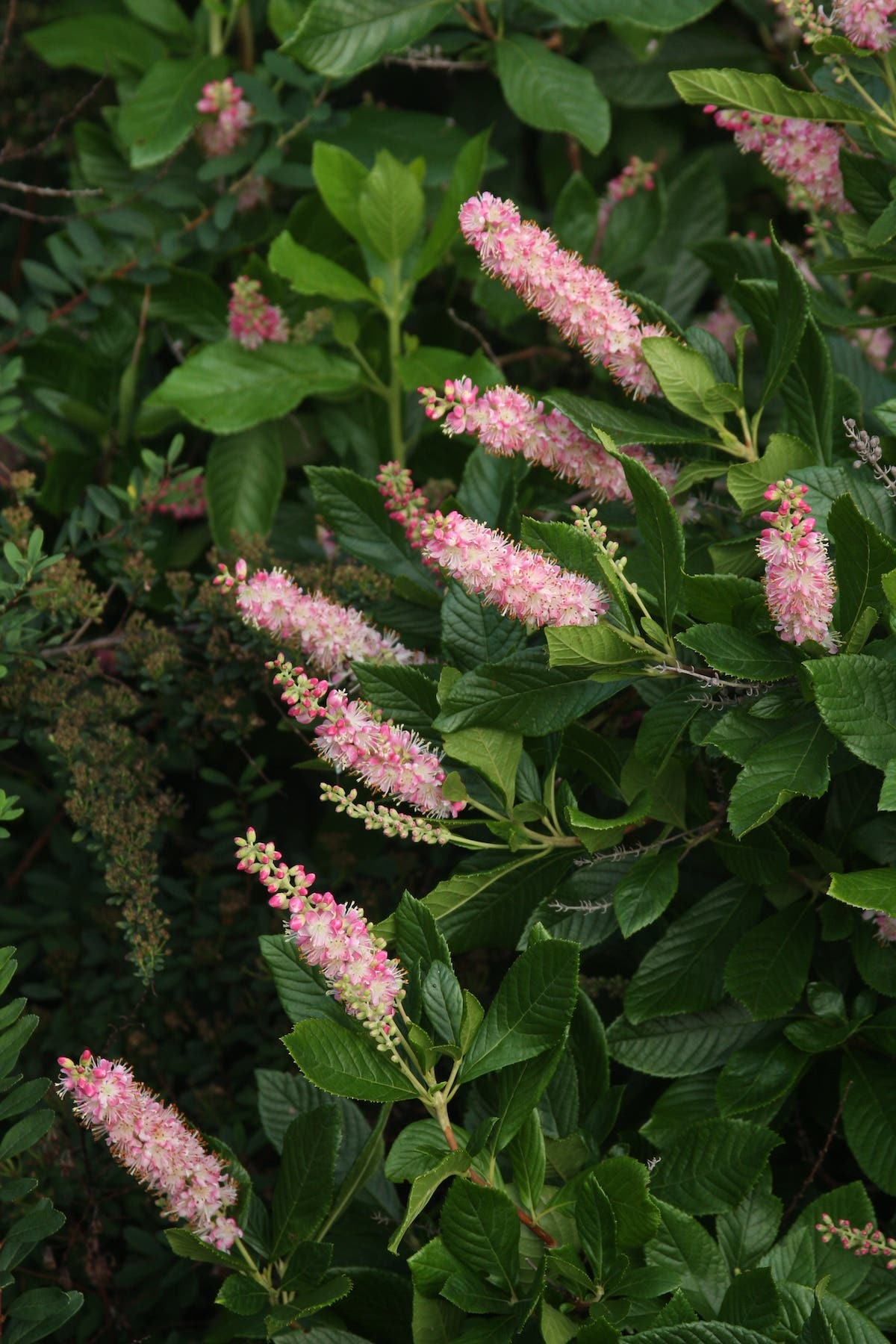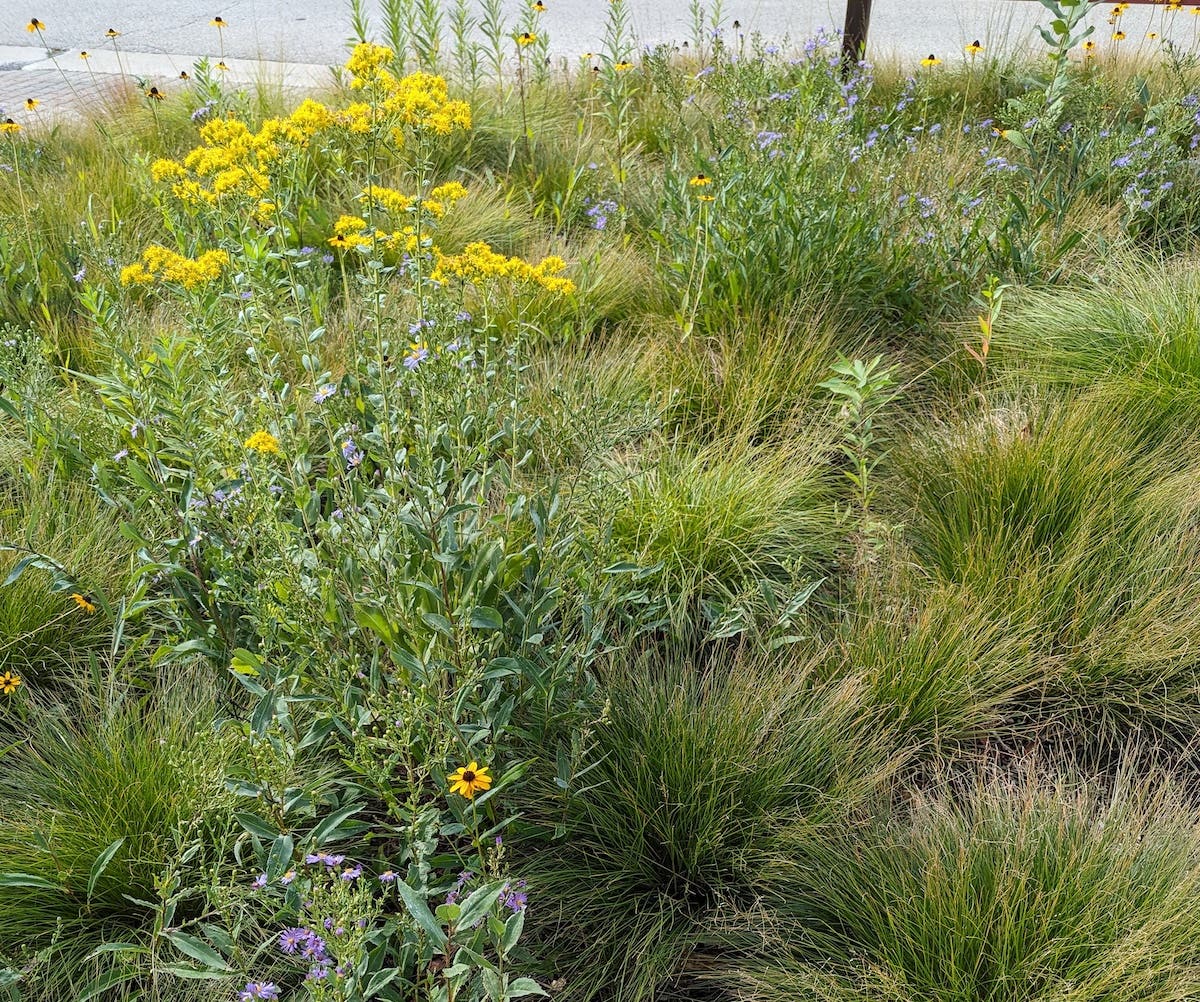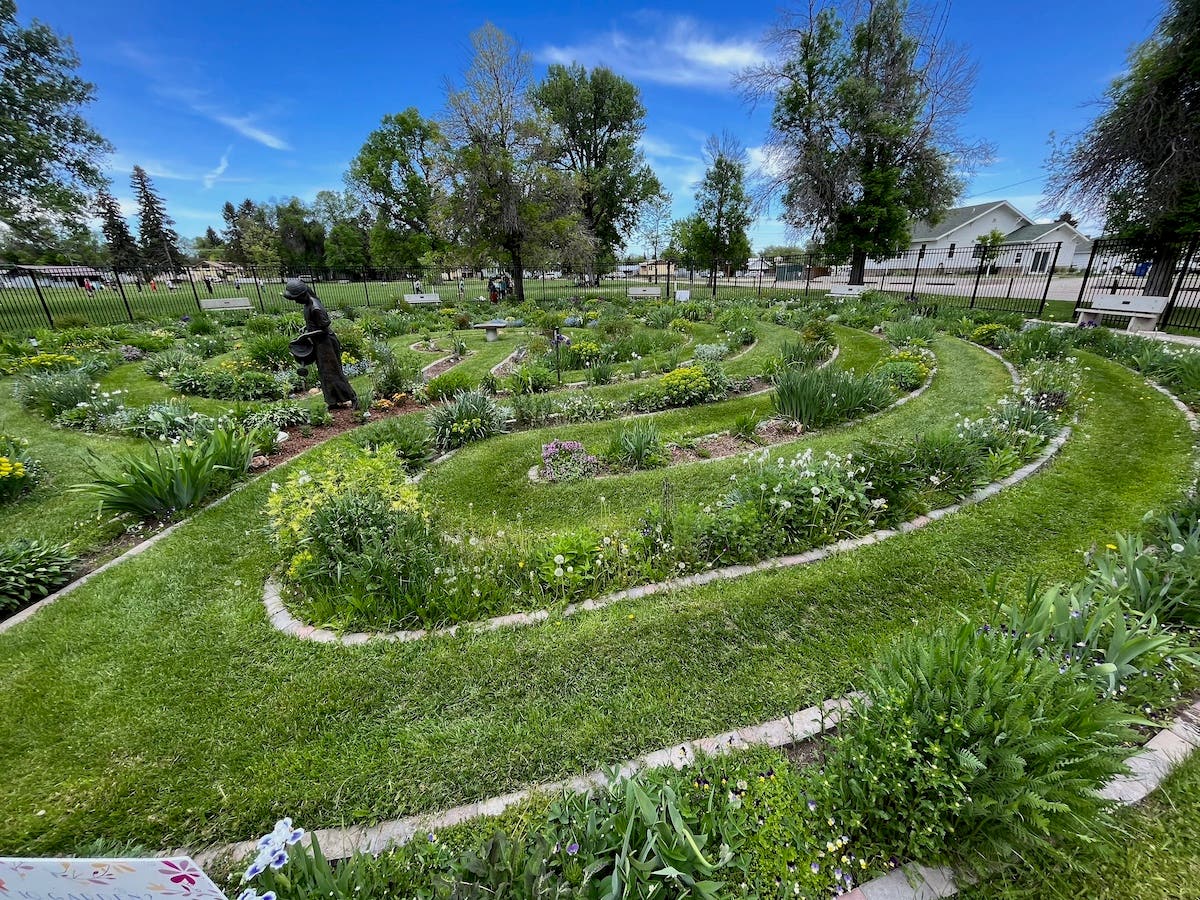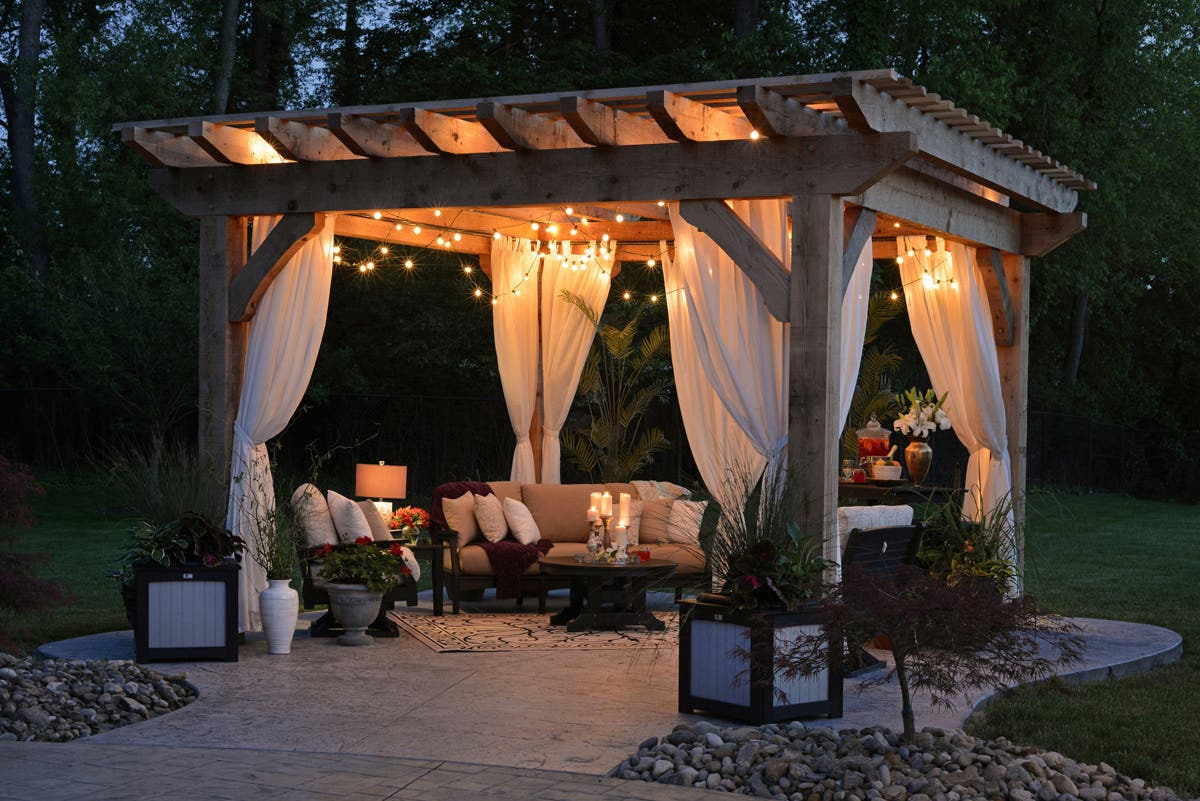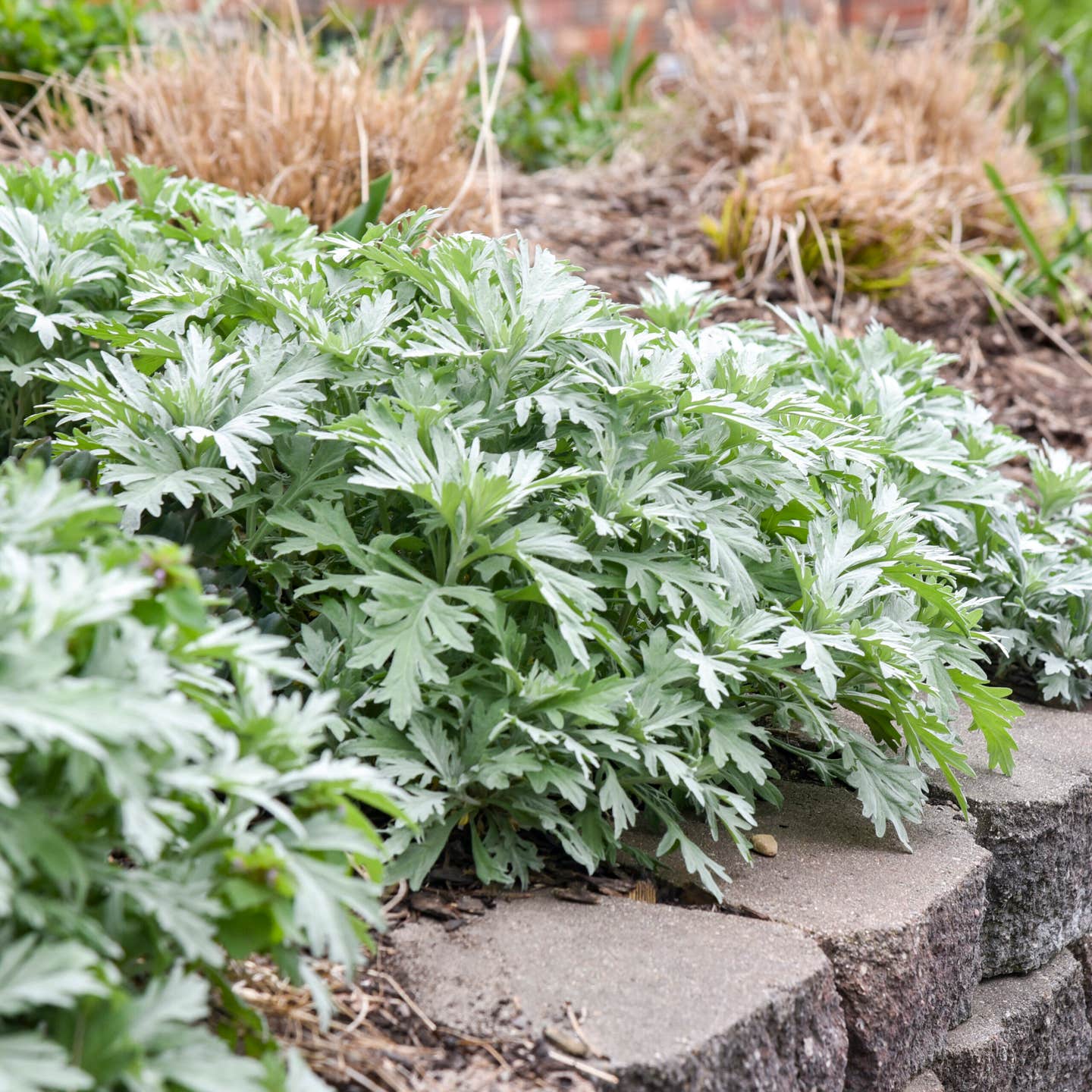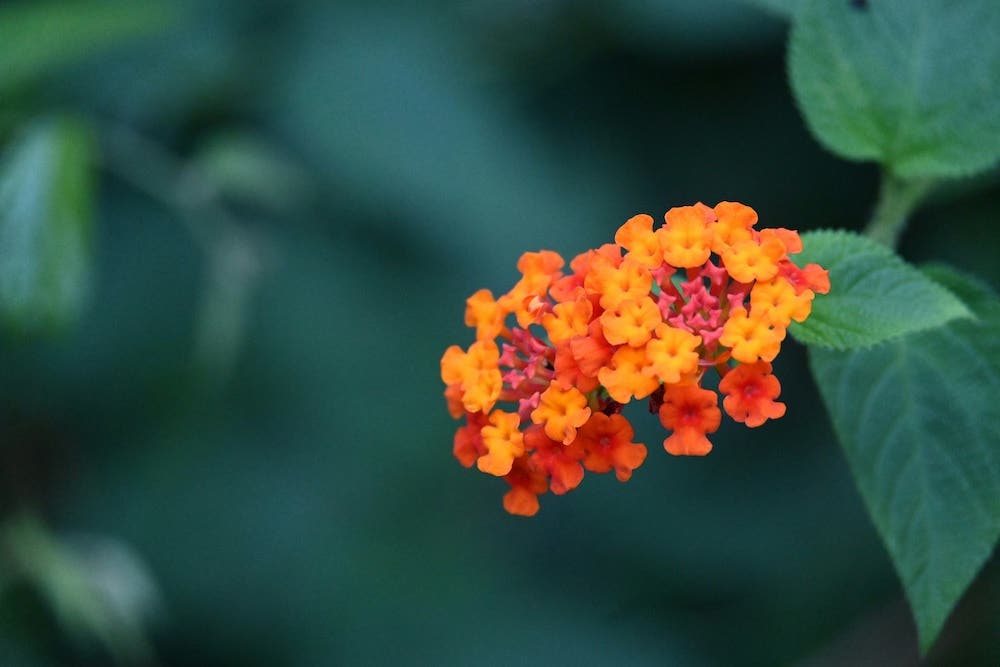Plan Now for Spring-flowering Bulbs
Don’t delay. Plant bulbs before the first hard frost, which may be as late as Thanksgiving or Christmas in some USDA Zones. Give bulbs time to establish their roots a…
Don’t delay. Plant bulbs before the first hard frost, which may be as late as Thanksgiving or Christmas in some USDA Zones.
Give bulbs time to establish their roots a bit before the weather turns cold. Bulbs planted late may be a bit slow to bloom next spring, but should get “on schedule” the following year.
Water in the bulbs. Bulbs are living material working to establish root systems. A little watering will go a long way in supporting healthy root development before winter sets in.
Design. Take time to create a planting design. Large bands or drifts of bulbs are gorgeous, and naturalizing bulbs will continue to expand the fluid design you establish this year.
Height. Take note of plant’s blooming height when mixing bulbs and designating space in the gardens.
Time to replenish. Bulbous plants need time after flowering to replenish the reserves they store within their bulbs. Cutting back, tying or braiding leaves makes it difficult for the bulb to replenish its reserves. Plant bulbs where they can be left as-is until the leaves brown and are ready for removal.
Soil. Select sites with well-draining soils. Bulbs are susceptible to rot and decay if left in too wet of soil.
Look up. What looks like a shady area in the garden now may be sunny in the spring. Many bulbs bloom before deciduous trees leaf out.
If you have problems with squirrels, rabbits, deer and other garden animals, stick with daffodils, alliums, scilla and snowdrops.


